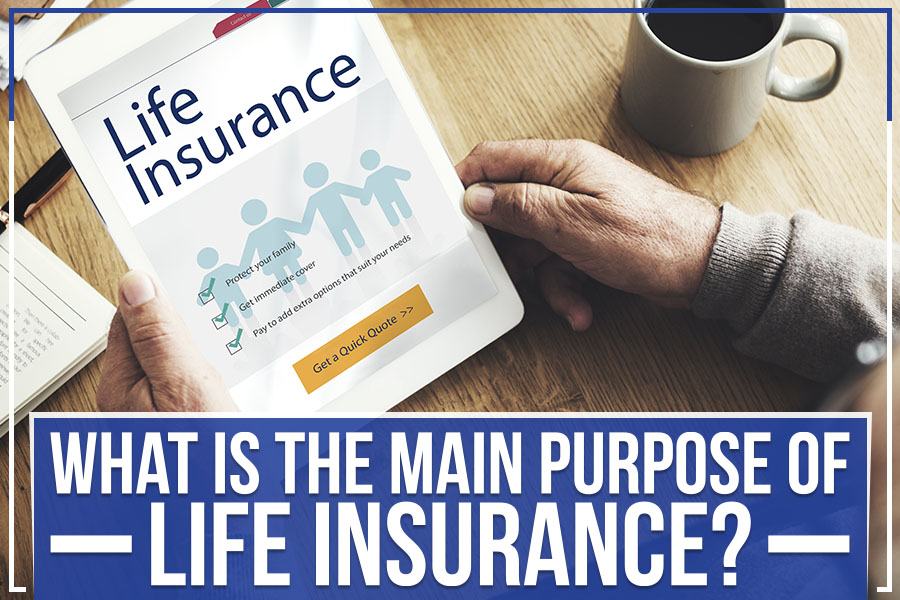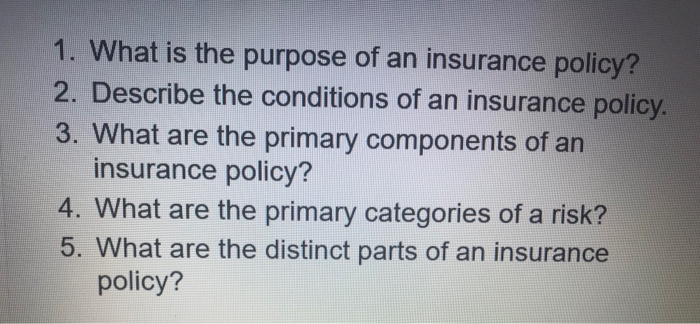All About Pacific Prime
All About Pacific Prime
Blog Article
Getting The Pacific Prime To Work
Table of ContentsSome Known Facts About Pacific Prime.Facts About Pacific Prime UncoveredTop Guidelines Of Pacific PrimeSome Known Details About Pacific Prime Facts About Pacific Prime Revealed

This is since the information were gathered for a duration of strong financial efficiency. Of the approximated 42 million people who were without insurance, all but regarding 420,000 (concerning 1 percent) were under 65 years of age, the age at which most Americans end up being qualified for Medicare; 32 million were grownups between ages 18 and 65, about 19 percent of all adults in this age team; and 10 million were children under 18 years of age, regarding 13.9 percent of all youngsters (Mills, 2000).
These price quotes of the number of persons without insurance are created from the annual March Supplement to the Current Populace Study (CPS), conducted by the Census Bureau. Unless or else noted, nationwide estimates of people without health and wellness insurance and proportions of the population with different sort of protection are based upon the CPS, the most widely used source of quotes of insurance policy protection and uninsurance prices.
The 10-Minute Rule for Pacific Prime

Still, the CPS is especially useful due to the fact that it generates yearly price quotes fairly swiftly, reporting the previous year's insurance coverage approximates each September, and since it is the basis for a constant set of price quotes for even more than twenty years, permitting analysis of fads in insurance coverage over time. For these reasons, as well as the extensive usage of the CPS in other studies of insurance policy coverage that exist in this record, we count on CPS estimates, with constraints noted.

The price quote of the number of without insurance people increases when a populace's insurance coverage status is tracked for a number of years. Over a three-year period starting early in 1993, 72 million people, 29 percent of the U.S. https://filesharingtalk.com/members/594499-pacificpr1me. populace, were without coverage for at least one month. Within a solitary year (1994 ), 53 million people experienced a minimum of a month without coverage (Bennefield, 1998a)
6 out of every ten without insurance adults are themselves employed. Although functioning does improve the probability that and one's member of the family will have insurance coverage, it is not a guarantee. Even participants of households with two full time wage earners have virtually a one-in-ten possibility of being without insurance (9.1 percent uninsured price) (Hoffman and Pohl, 2000).
Pacific Prime Fundamentals Explained
New immigrants make up a substantial proportion of individuals without medical insurance. One analysis has actually connected a significant part of the recent development in the size of the united state without insurance population to immigrants who showed up in the nation in between 1994 and 1998 (Camarota and Edwards, 2000). Recent immigrants (those who concerned the USA within the previous 4 years) do have a high price of being without insurance (46 percent), but they and their children represent just 6 percent of those without insurance country wide (Holahan et al., 2001).
The partnership in between medical insurance and accessibility to care is well established, as recorded later on in this phase. The relationship between wellness insurance coverage and health outcomes is neither direct neither straightforward, a considerable professional and wellness solutions research literature web links wellness insurance policy protection to improved access to care, much better high quality, and improved individual and populace health and wellness status.
Degrees of evaluation for taking a look at the impacts of uninsurance. This conversation of medical insurance coverage concentrates mainly on the U.S. populace under age 65 since essentially all Americans 65 and older have Medicare or other public insurance coverage. In addition, it focuses especially on those without any type of medical insurance for any type of size of time.
Rumored Buzz on Pacific Prime
The problems faced by the underinsured are in some aspects similar to those dealt with by the uninsured, although they are normally much less extreme. group insurance plans. Uninsurance and underinsurance, however, involve distinctly different plan concerns, and the methods for resolving them may differ. Throughout this study and the 5 records to comply with, the primary focus is on persons with no health and wellness insurance coverage and therefore no support in paying for healthcare past what is readily available with charity and security net organizations
Health insurance is a powerful variable influencing receipt of treatment due to the fact that both individuals and physicians reply to the out-of-pocket cost of solutions - https://gravatar.com/pacificpr1me. Health insurance policy, nonetheless, is neither essential nor sufficient to get to medical services. Nonetheless, the independent and straight impact of medical insurance coverage on accessibility to health and wellness services is well established.
Others will obtain the wellness care they require even without wellness insurance coverage, by spending for it out of pocket or seeking it from suppliers who supply care free or at extremely subsidized rates. For still others, medical insurance alone does not make sure receipt of care as a result of various other nonfinancial barriers, such as an absence of health and wellness treatment service providers in their neighborhood, minimal accessibility to transportation, illiteracy, or etymological and cultural distinctions.
All About Pacific Prime
Formal research study concerning uninsured populations in the United States dates to the late 1920s and early 1930s when the Committee on the Expense of Medical Treatment generated a collection of records about financing doctor workplace visits and hospital stays. This concern became my latest blog post prominent as the numbers of clinically indigent climbed up throughout the Great Depression.
Report this page